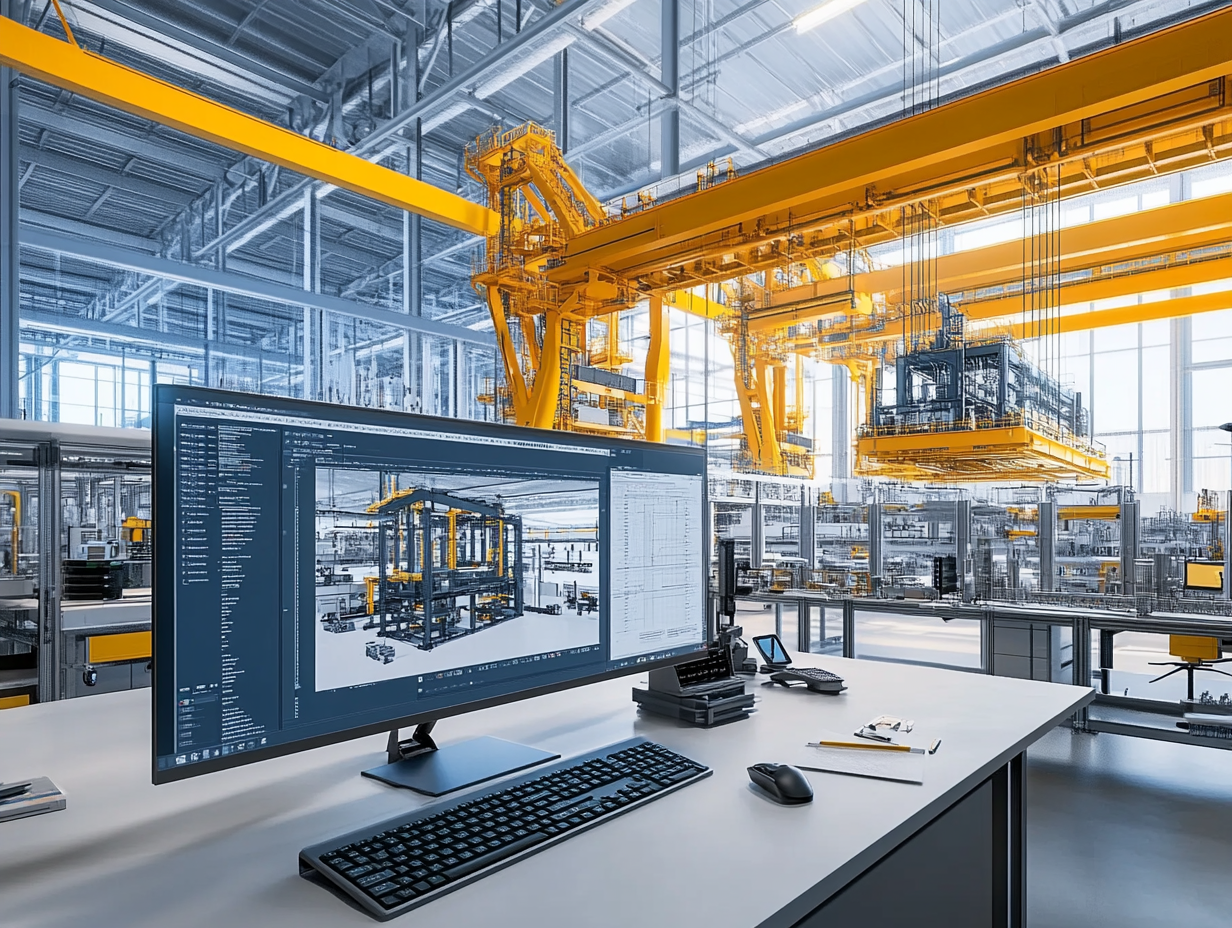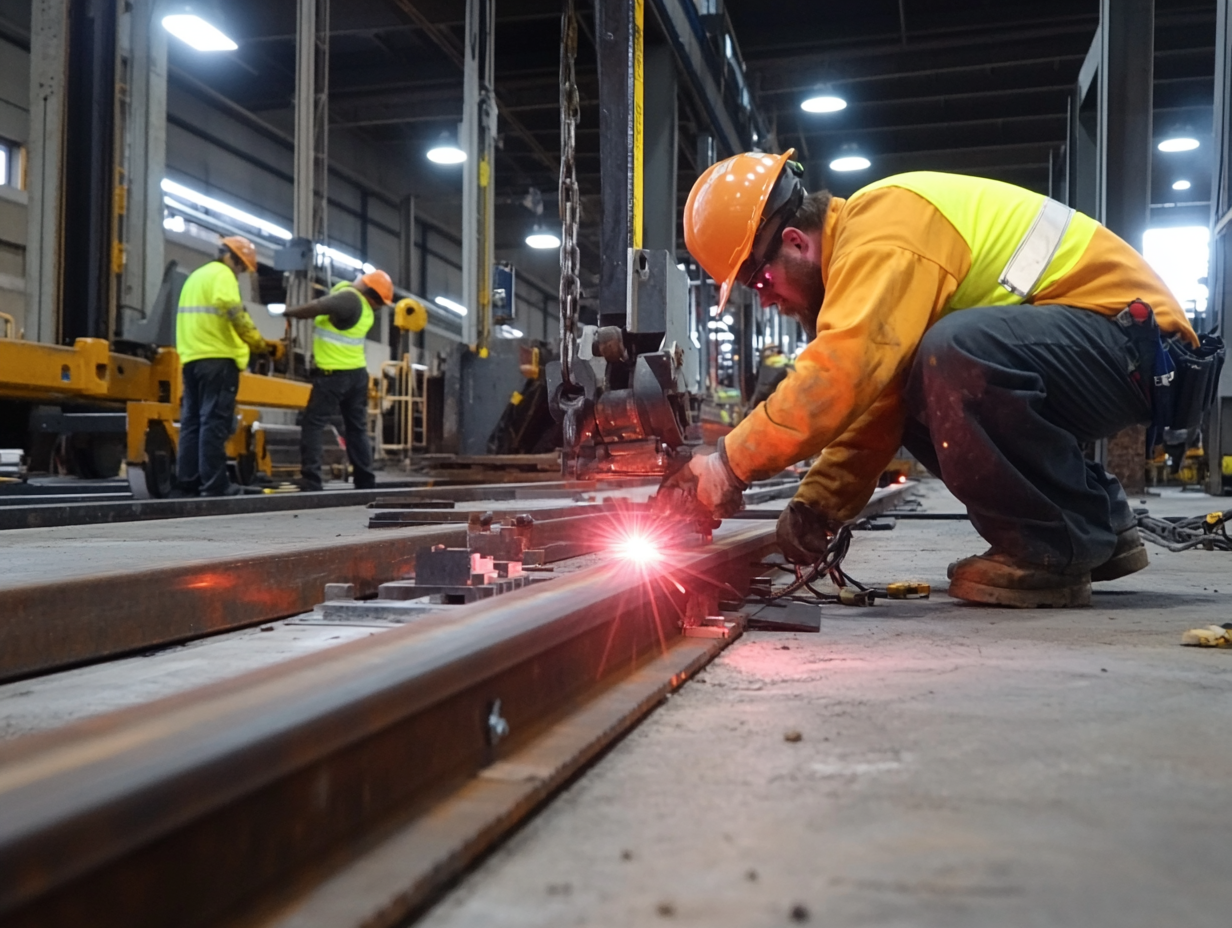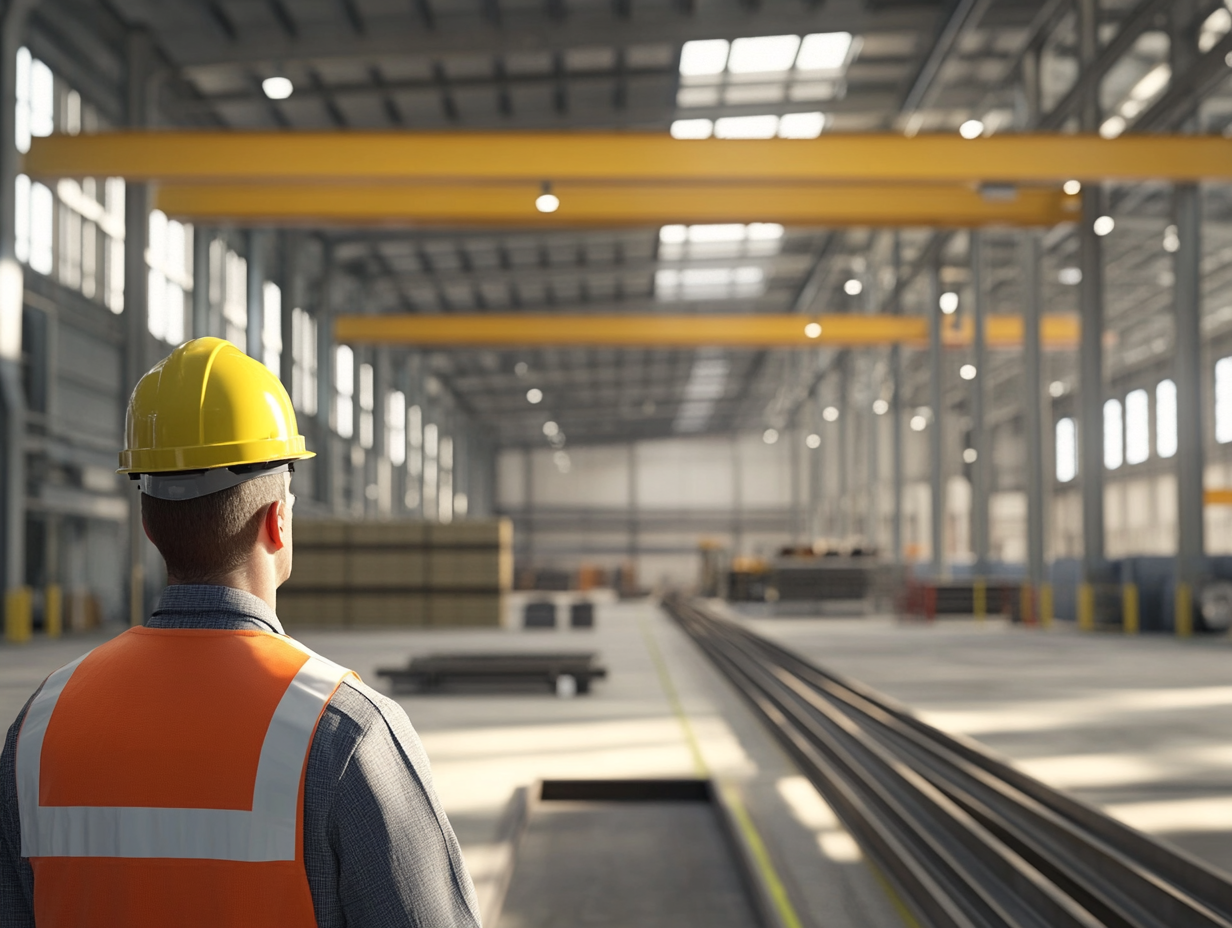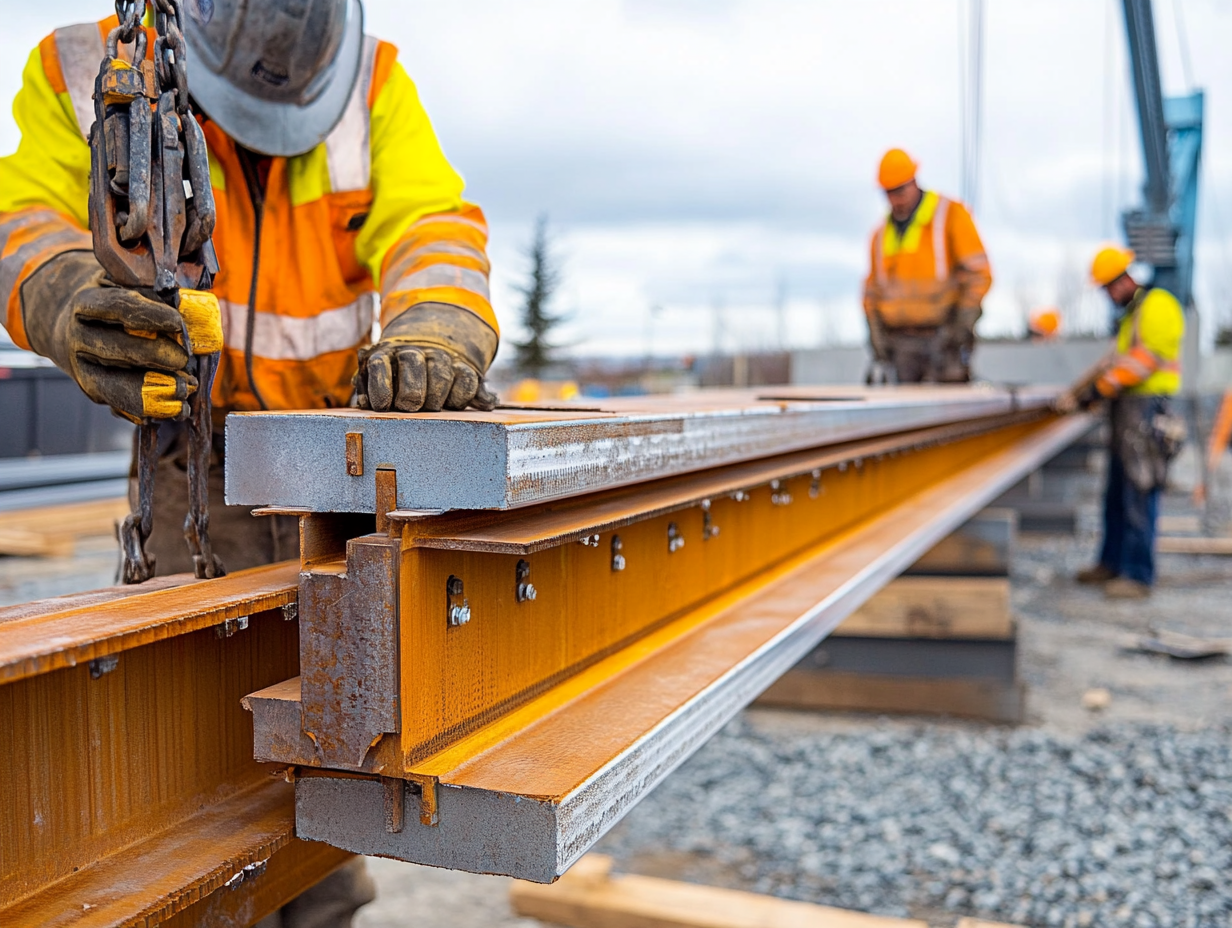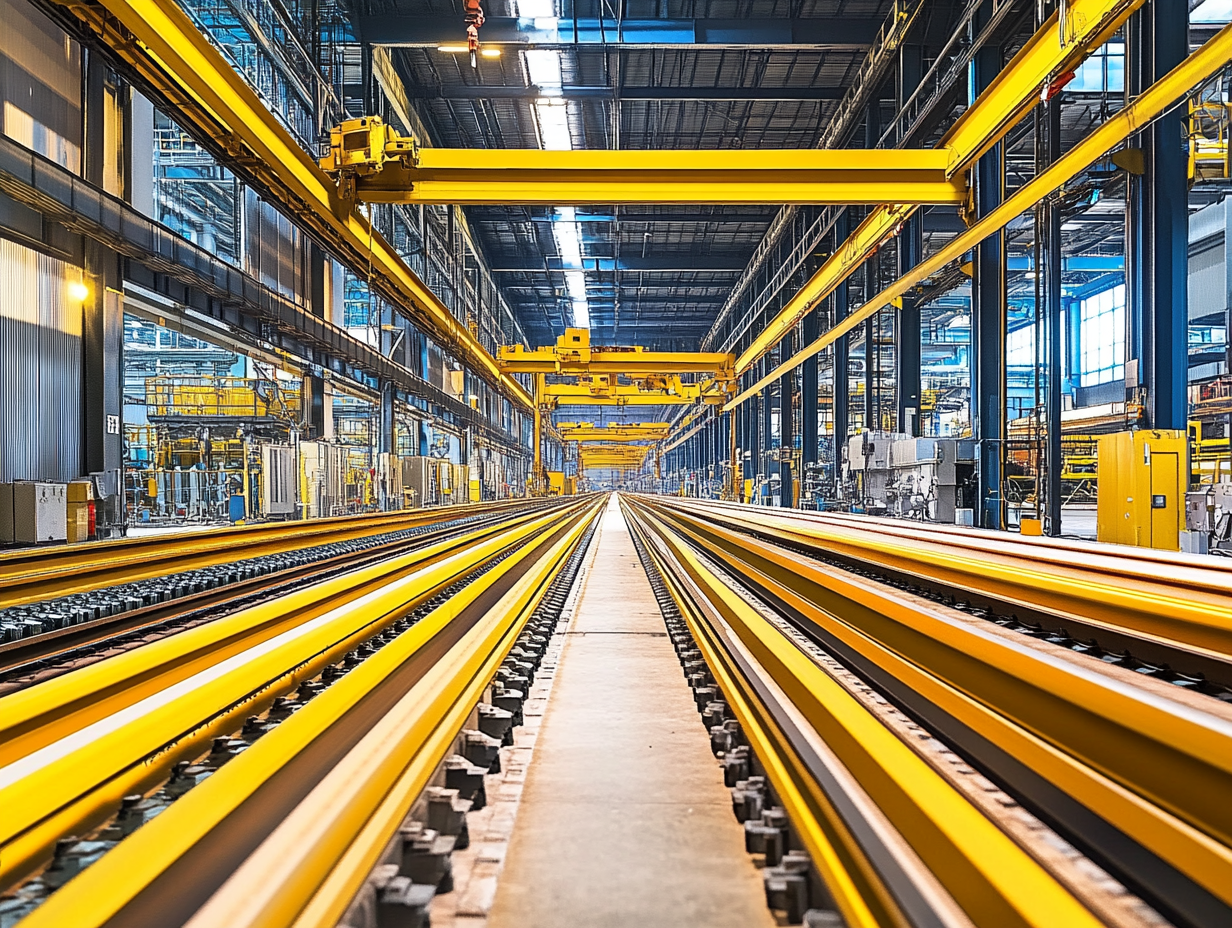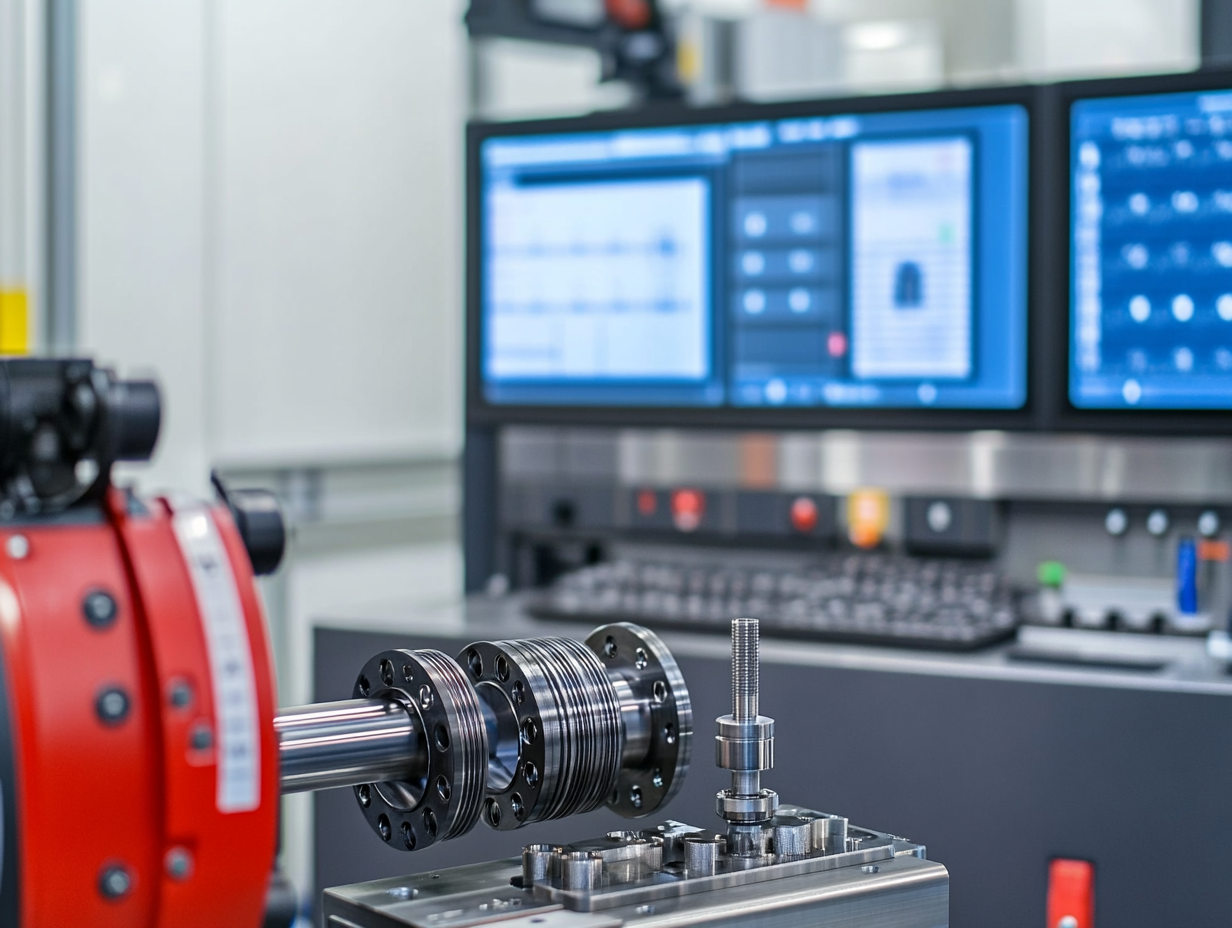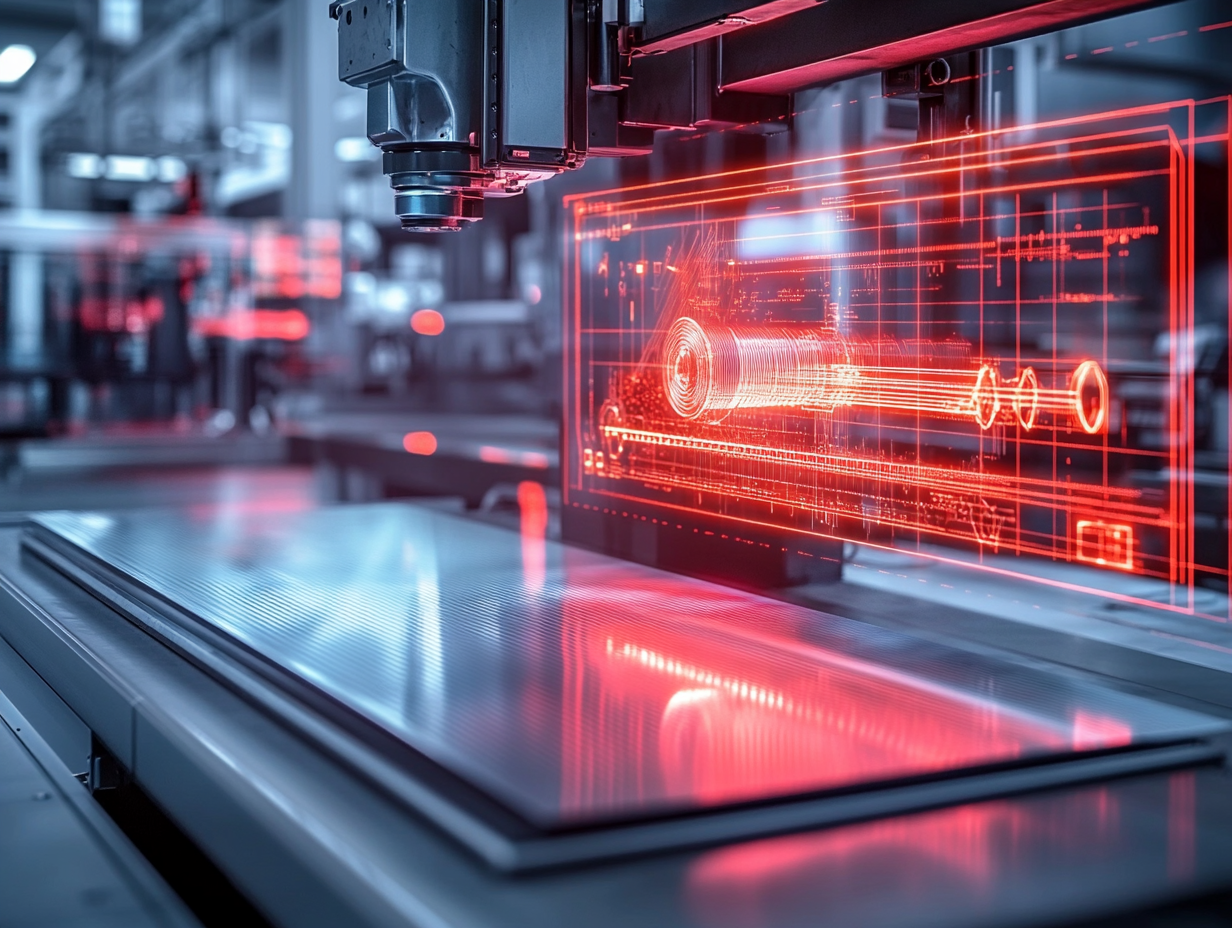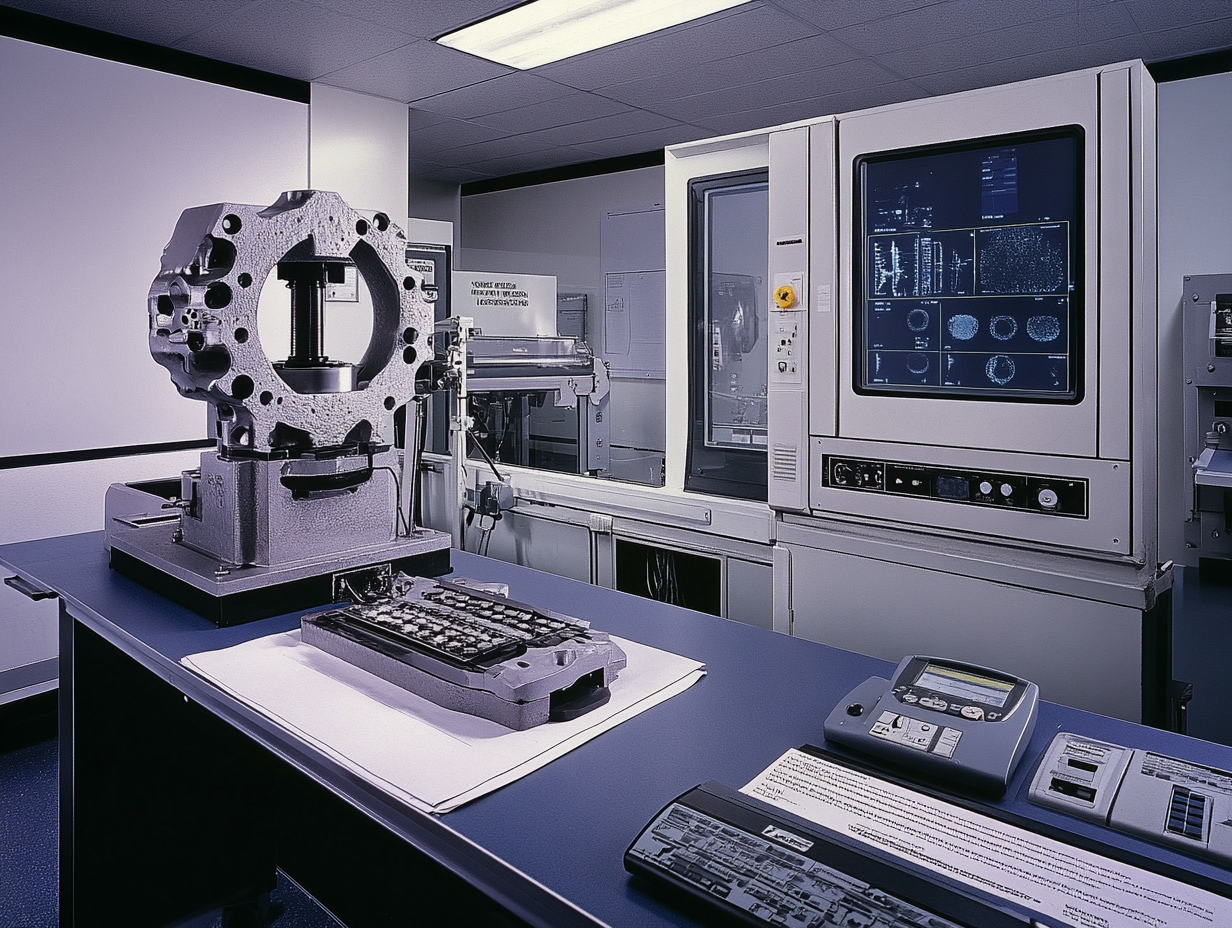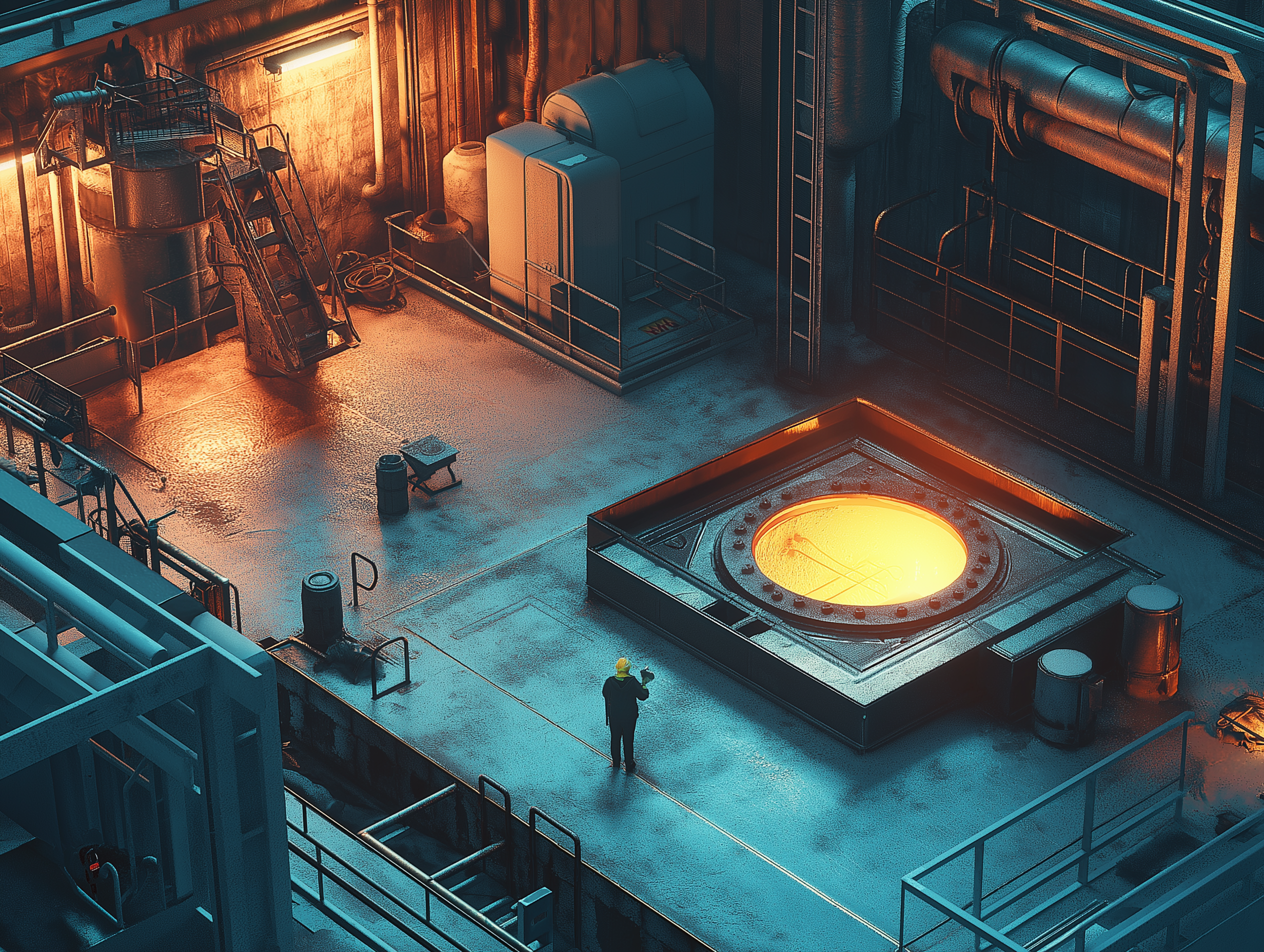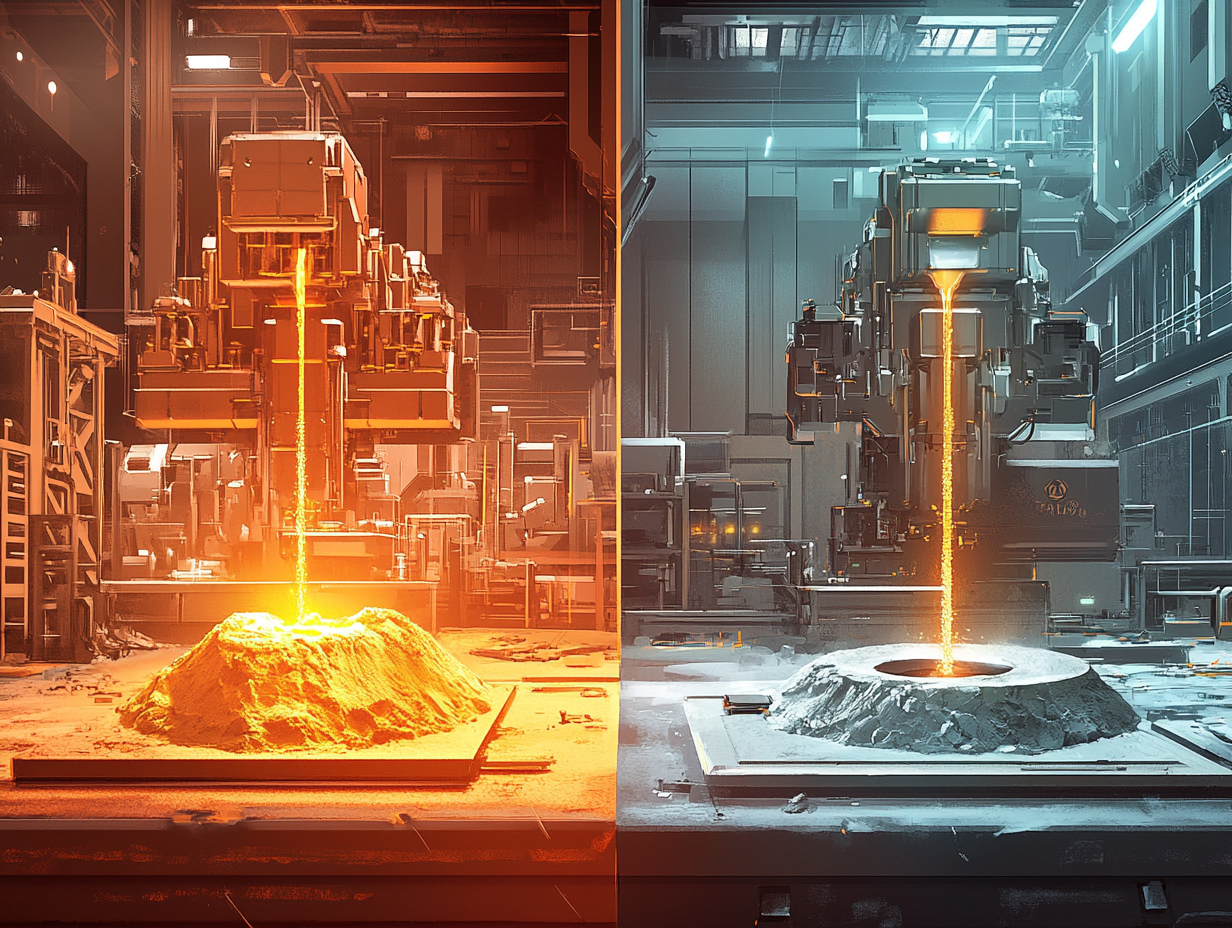Crane systems require a strategic balance between cost efficiency and long-term durability. Overdesigning leads to unnecessary expenses, while underdesigning results in premature failures and high maintenance costs. This blog explores economic design principles that ensure optimal performance, longevity, and cost-effectiveness in crane systems.
Proper crane rail installation and bedding systems are essential for ensuring stability, durability, and reduced maintenance costs. Incorrect installation or improper bedding can lead to wear, deformation, and misalignment. This blog explores crane rail installation techniques, bedding systems, and key considerations for optimal performance.
Crane tracks are critical for moving heavy loads in industrial facilities. Their design varies based on crane type and operational requirements. Generally, single-span and multi-span crane track systems are used. In this blog, we compare these two systems, exploring their advantages, disadvantages, and best-use cases.
The safety and efficiency of crane tracks depend on the accuracy of the structural construction. The quality of steel structures, connection details, and design tolerances ensure long-lasting and trouble-free operation.
Crane rails are designed to suit various industrial applications, and their proper selection directly impacts the performance, safety, and longevity of crane systems.
Cold bending is a crucial process in the manufacturing of metal parts, where materials are bent at room temperature to achieve the desired shape. It is widely used in industries that require high precision and functional designs. Proper dimensional calculations during cold bending are essential to ensure that parts are accurate, safe, and meet design specifications.
Edge bending is an essential process in the production of technical components and everyday items. This technique not only improves the durability of materials but also enhances their aesthetic and ergonomic properties. Whether performed through mechanical methods, casting, or forging, edge bending ensures functionality and safety.
In casting production, achieving high-quality results goes beyond design and manufacturing. Testing and inspection processes are essential for ensuring the durability, performance, and compliance of cast parts with international standards. These processes help identify flaws early and enhance the final product.
Corrosion prevention is vital to extend the lifespan of cast parts and improve their resistance to environmental factors. Parts exposed to outdoor conditions or chemicals can deteriorate quickly without proper protection.
Casting processes are integral to modern manufacturing, offering tailored techniques for various applications. Selecting the right casting method is crucial for reducing costs, accelerating production, and achieving high-quality outcomes.


